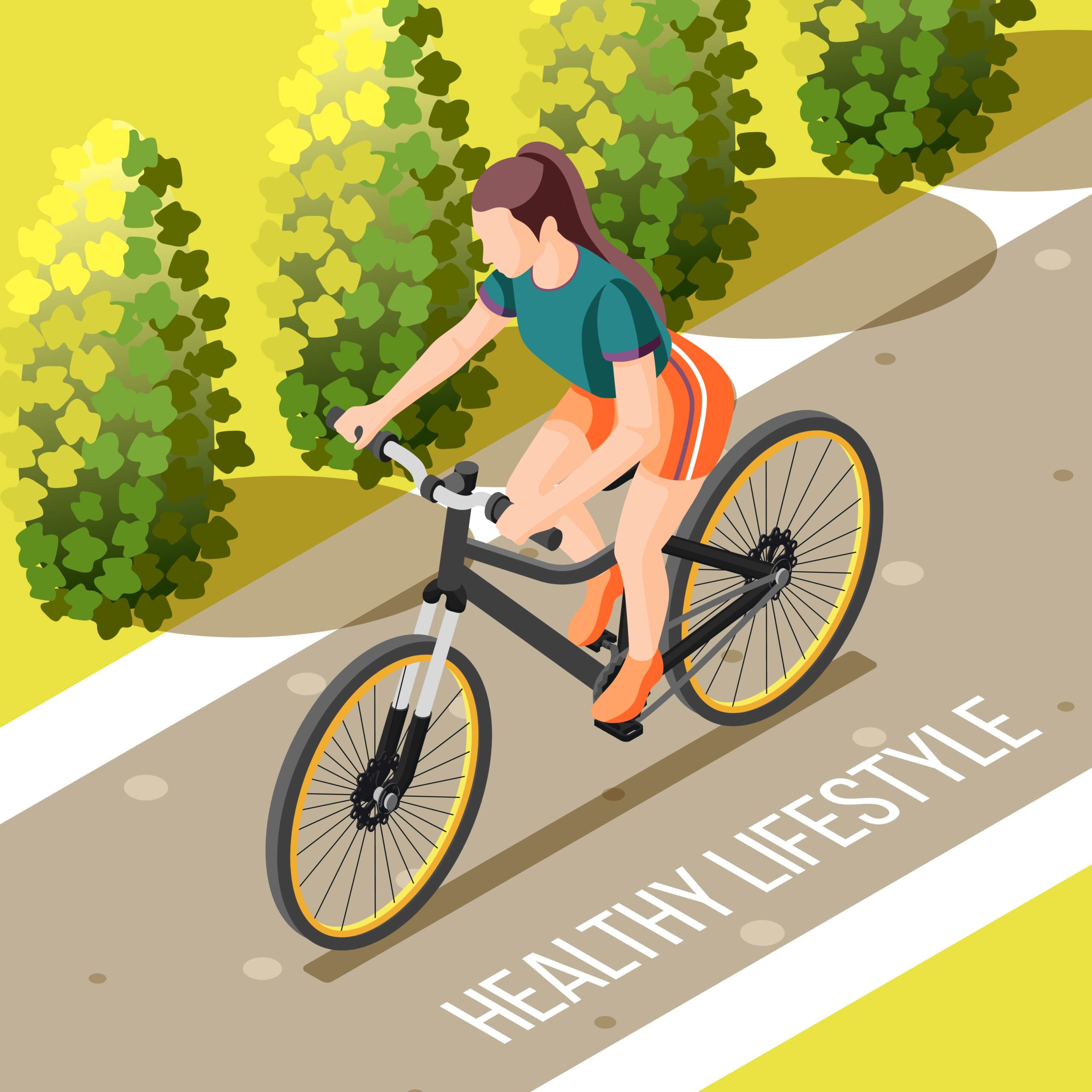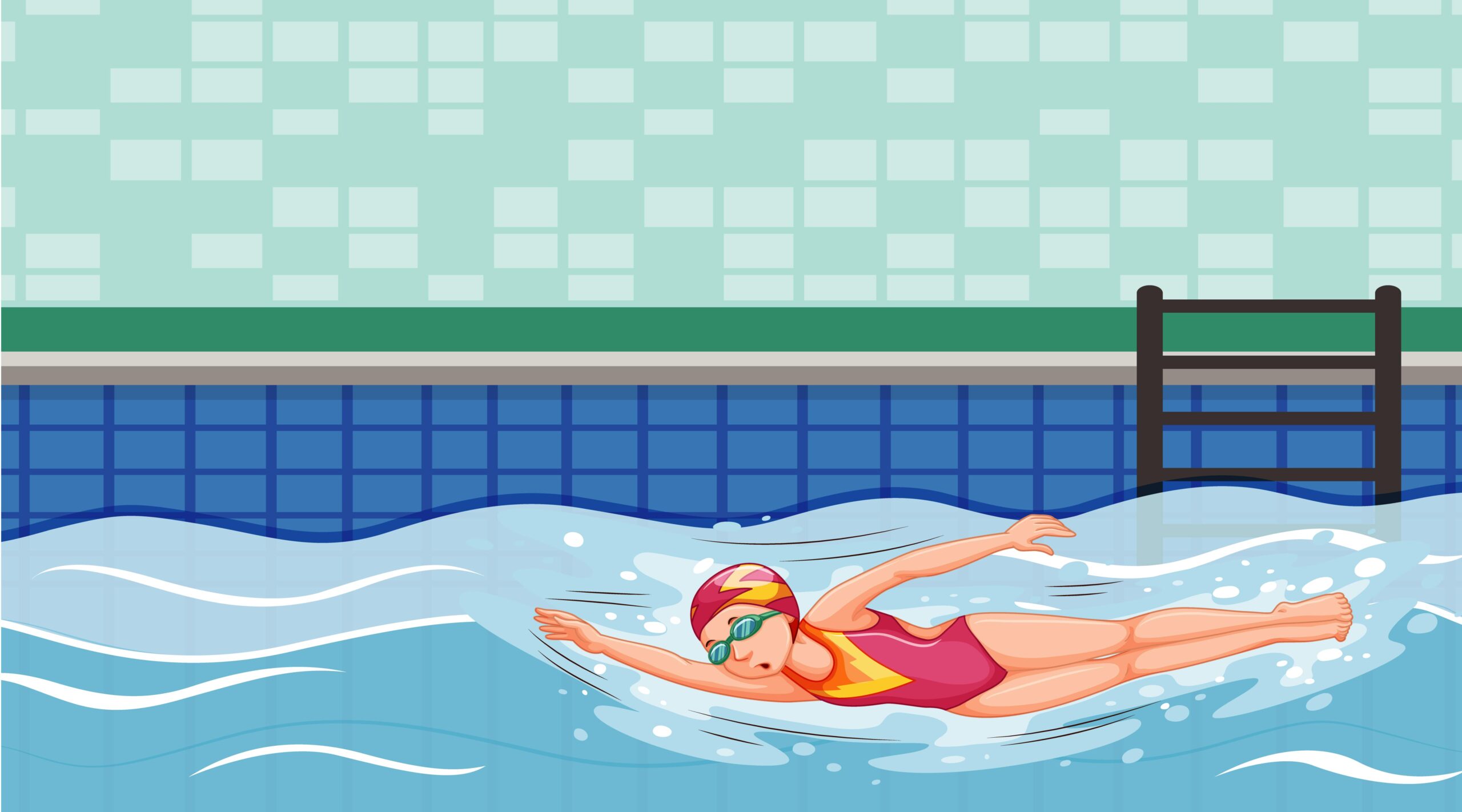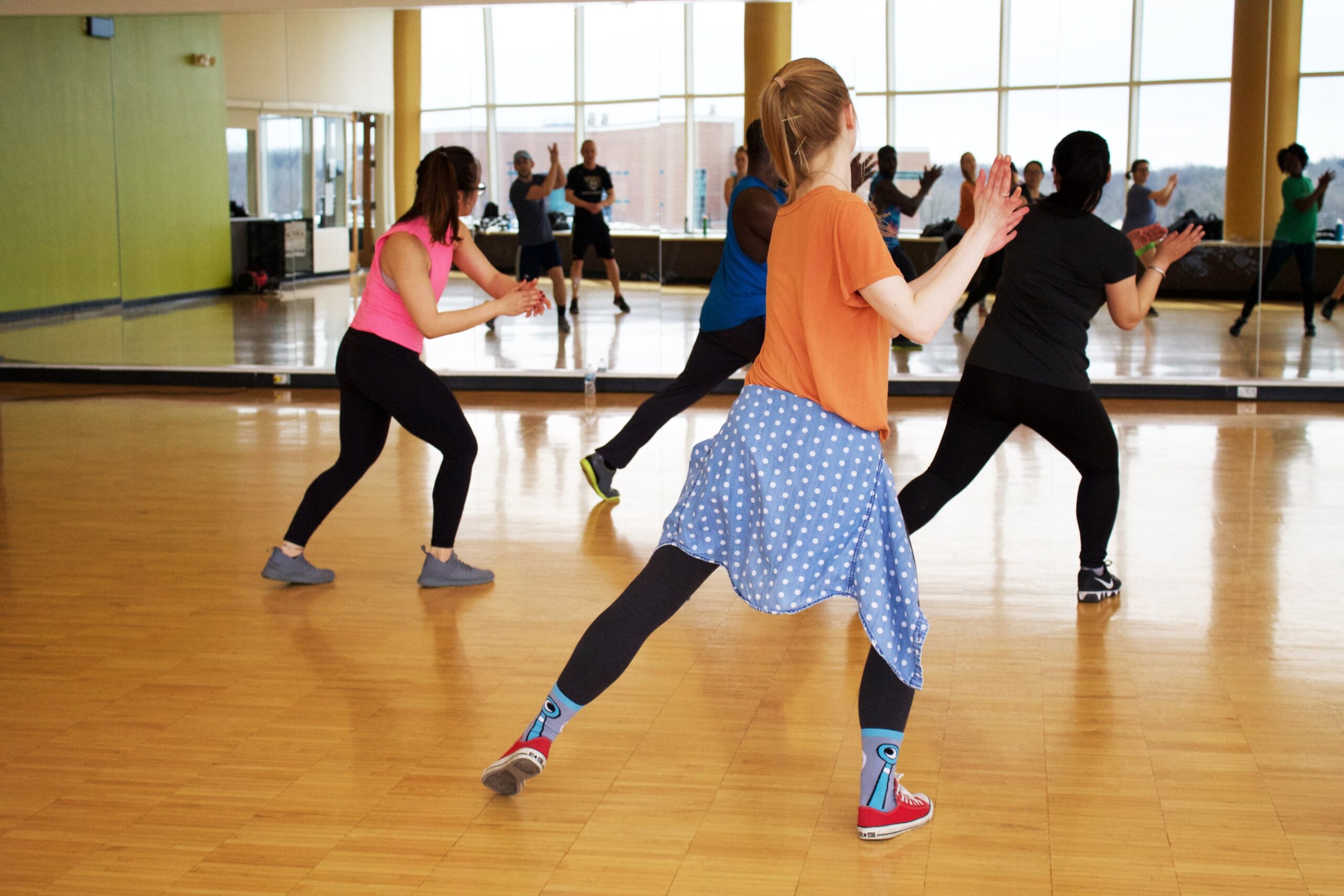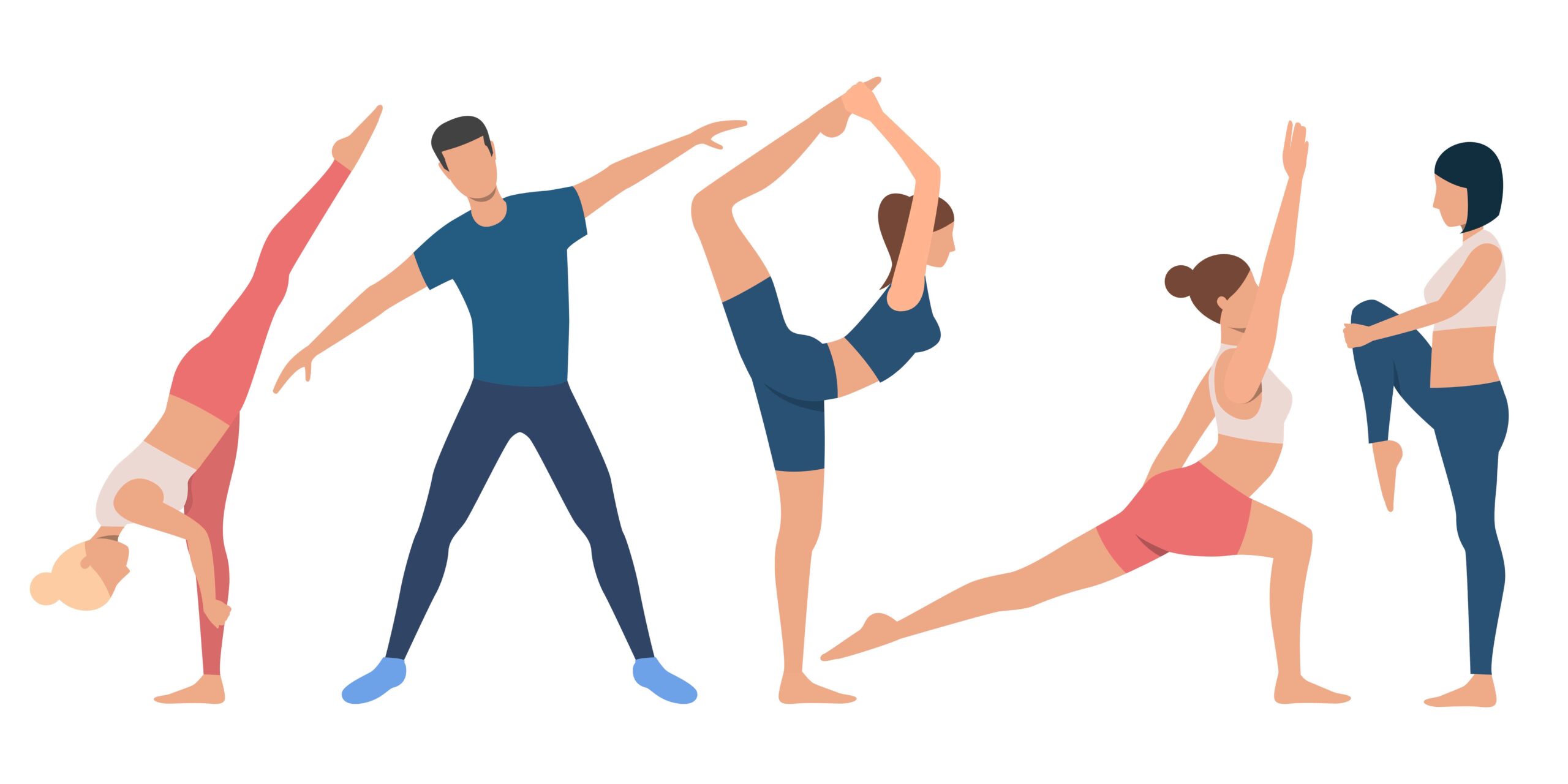
Overview:
If you have type 2 diabetes, regular exercise can help you manage your blood sugar levels and weight. It could also help prevent heart attacks and strokes, as well as lower cardiovascular risk factors, and improve general health.
Here are some workouts to support you achieve your fitness goals.
1. Walking:

You don’t need a gym membership or costly exercise equipment to get started.
If you have a supportive set of shoes and a safe place to walk, you can start right now. In fact, by going for a brisk 30-minute walk five days a week, you can achieve your suggested minimum target for aerobic fitness.
Walking can help persons with type 2 diabetes lower their blood sugar levels and lose weight, according to a 2014 study.
Advantages of Waking:
- Heart disease and stroke risks are decreased.
- Hypertension (high blood pressure), high cholesterol, joint, and muscular discomfort or stiffness, and diabetes are all better managed with stronger bones and improved balance.
- Increased muscle stamina and strength.
- Body fat was decreased.
2. Cycling:

Nearly half of all people with type 2 diabetes have arthritis. Obesity is one of several risk factors shared by the two diseases.
Diabetic neuropathy, which happens when the nerves in the body are destroyed due to diabetes, can cause joint pain in patients with type 2 diabetes.
If you have lower joint pain, low-impact exercise is a good option. Cycling, for example, can help you in completing your fitness target while putting the least amount of pressure on your joints.
It only takes two to four hours every week to make a meaningful difference in your health.
Advantages of Cycling:
- Low impact – compared to most other forms of exercise, it causes less strain and injuries.
- Cycling provides a fantastic muscle workout because it works all the major muscle groups as you cycle.
- Cycling, unlike several other sports, does not require a great level of physical ability. Most people can ride a bicycle, and once they learn, they never forget.
- Cycling is good for strength and stamina because it improves stamina, strength, and aerobic fitness.
- Cycling may be as intense as you want it to be if you’re recovering from an injury or illness, but it can also be built up to a demanding physical workout.
3. Swimming:

Another joint-friendly workout choice is aquatic activities. Swimming, water aerobics, aqua jogging, and other aquatic workouts, for example, can provide your heart, lungs, and muscles a decent workout while reducing joint stress.
A review from 2017, Aquatic activity, like land-based exercise, can help reduce blood sugar levels, according to Trusted Source.
Swimming is an excellent workout because it requires you to move your entire body against the water’s resistance.
Advantages of Swimming:
- Keeps your heart rate up while also relieving your body of some of the impact stress.
- Stamina, muscle strength, and cardiovascular fitness are all improved.
- Helps in the maintenance of a healthy weight, heart, and lungs
- Muscles are toned and strength is increased.
- Swimming gives you an all-over body workout because it activates nearly all your muscles.
4. Team sports:

If you have trouble motivating yourself to exercise, consider joining a recreational sports team. The ability to interact with teammates, as well as the commitment you make to them, maybe enough to keep you motivated to show up every week.
A lot of recreational sports provide a terrific cardio workout. Basketball, soccer, softball, couples’ tennis, and ultimate frisbee are all excellent sports to participate in.
Advantages of team sports:
Sports can clearly help you in completing your fitness goals and maintaining a healthy weight. They do, however, encourage people to make healthy decisions, such as not smoking or drinking. Sports have hidden health benefits, such as reducing the risk of osteoporosis and breast cancer later in life.
5. Aerobic dance:

Women with type 2 diabetes were more motivated to exercise after participating in Zumba sessions for 16 weeks, according to a 2015 study. In order to lose weight, participants improved their aerobic fitness.
Enrolling in aerobic dance or other fitness classes may also help you in achieving your fitness goals. Zumba, for example, is a fast-paced fitness program that combines dance and aerobic movements.
Advantages of Aerobic Dance:
- Improves cardiovascular health.
- Reduces the likelihood of heart disease.
- Blood pressure is reduced.
- HDL, or “good” cholesterol, is increased.
- Assists in better blood sugar management.
- Weight management and/or weight loss are made easier with this supplement.
- Lung function is improved.
- Reduces the rate at which the heart beats at rest.
6. Resistance Band Exercises:

You don’t have to depend just on weights to improve your muscles. Resistance bands can also be used for a range of strengthening exercises.
Speak with a professional trainer, take a resistance band class, or watch a resistance band workout video to discover how to incorporate them into your routines.
According to a recent study published in the Canadian Journal of Diabetes, resistance band exercises may provide minor benefits to blood sugar control in addition to boosting strength.
Advantages of Resistance Bands Exercises:
- In order to grow, your muscles are working hard and effectively.
- Resistance training has been proved to help people lose weight.
- Resistance bands are affordable, with some even costing less than $20!
- Support good health, balance, and focus.
7. Calisthenics:

Calisthenics is a type of exercise in which you utilize your own bodyweight to improve your muscles. Pushups, pullups, squats, lunges, and stomach crunches are all common calisthenic workouts.
In other definition, Calisthenics is a sort of training that focuses on improving our general ‘functionality’ while also getting us in fitness.
Push-ups are an excellent calisthenics exercise for strengthening your arms, abs, and back.
Try to work out every major muscle group in your body, whether you use weights, resistance bands, or your own bodyweight to build your muscles.
Advantages of Calisthenics:
- Help you lose weight.
- Allow you to have a better night’s sleep.
- Improve the health of your heart.
- Reduce the risk of developing type 2 diabetes.
8. Pilates:

Pilates is a popular workout program that focuses on improving the core, coordination, and balance. It may also help improve blood sugar control, according to a recent study of older women with type 2 diabetes.
Consider joining a Pilates class at your local studio or gym. There are also numerous instructional videos and books available.
Advantages of Pilates:
- Increased pliability
- Enhanced muscle strength and tone, especially in the abdominal muscles, lower back, hips, and buttocks (the body’s ‘core muscles’).
- The strength of the muscles on both sides of your body becomes balanced.
- Muscle control in the back and limbs is improved.
- Physical coordination and balance have improved.
- The shoulders, neck, and upper back are relaxed.
- Joint and spinal injuries can be safely recovered.
- Deep breathing increases lung capacity and circulation.
- Better concentration.
- Increased awareness of body.
- Relaxation and stress management.
9. Yoga:

Yoga can help persons with type 2 diabetes control their blood sugar, cholesterol levels, and weight, according to a 2016 study. It may also improve in the decreased blood pressure, the improvement of sleep quality, and the improvement of mood.
If you’re interested in giving yoga a try, sign up for a class at a local studio or gym. A skilled professional can assist you in learning how to transition from one pose to the next while maintaining good posture and breathing.
“Yoga can help you improve your coping skills and have a more positive outlook on life.”
Advantages of Yoga:
- Practicing yoga on a regular basis promotes mental clarity and relaxation.
- It promotes relaxation.
- Yoga is important for a healthy metabolism.
- Improves muscle strength and tone.
- Yoga can also help you sleep better and lower your blood pressure.
10. Weightlifting:

Lifting weights and doing other strengthening exercises will help you increase muscle mass, which can help you burn more calories throughout the day. According to the American Diabetes Association, strength training can help you control your blood sugar levels.
You can use weight machines, free weights, or even heavy household objects like canned goods or water bottles to include weightlifting into your weekly fitness program.
To learn how to lift weights safely and effectively, enroll in a weightlifting class or seek help from a professional fitness trainer.
Advantages of Weightlifting:
- Building muscle, burning body fat.
- Strengthening your bones and joints.
- Decreasing injury risk.
- Increasing heart health.
Conclusion:
Exercise is very important not only for managing type 2 diabetes but also for maintaining general health.
Before beginning a new fitness plan, contact your doctor if you have any other health conditions besides type 2 diabetes. They can teach you how to stay safe and reduce your chance of injury while still completing your fitness goals.




























![Photo of [Latest Version] BeTheme – Responsive Multi-Purpose WordPress Theme](/wp-content/uploads/2020/06/BeTheme-Responsive-Multi-Purpose-WordPress-Theme-Latest-Version-Download-390x220.jpg)

































